Xiaomi HyperOS Connect: The Future of Smart Connectivity
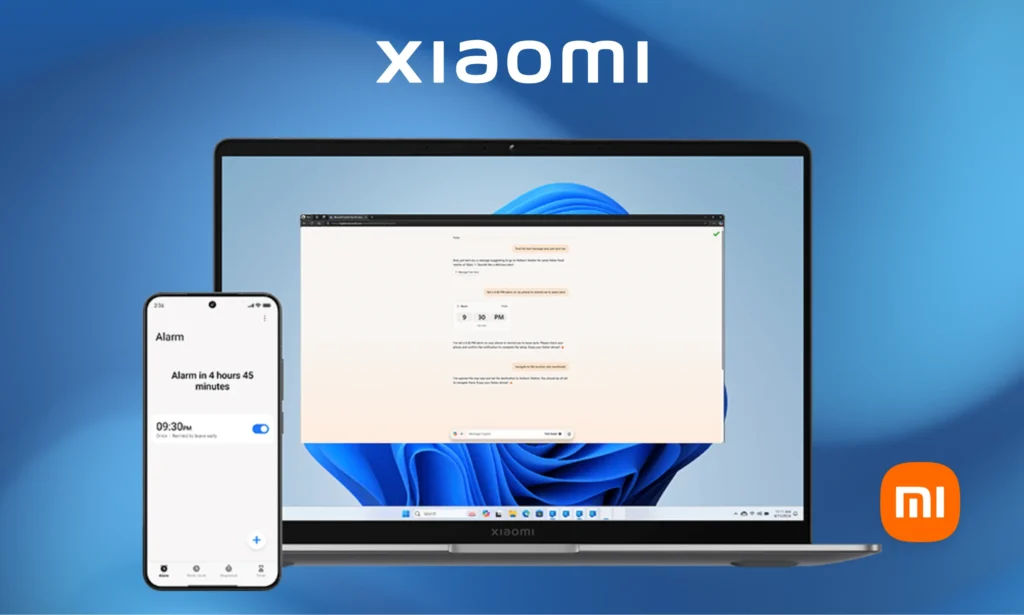
HyperOS Connect: Revolutionizing Smart Connectivity with Xiaomi
In today’s hyper-connected world, where our devices are an extension of our daily lives, a groundbreaking innovation is set to redefine how we interact with technology: HyperOS Connect. Developed by Xiaomi, this isn’t just a technical add-on; it’s an invisible bridge, uniting Xiaomi’s vast smart device ecosystem under a single, intelligent operating umbrella. Imagine effortlessly transferring files from your smartphone to your TV with a simple gesture, controlling your home lights from your smartwatch, or continuing a task on your tablet without missing a beat. HyperOS Connect makes all this and more a reality, elevating user experience to unprecedented levels of fluidity and efficiency.
What Exactly is HyperOS Connect?
HyperOS Connect is the heart of connectivity within Xiaomi’s HyperOS, the successor to the beloved MIUI interface. While HyperOS itself is a sophisticated operating system built on Android with roots in Linux and Xiaomi’s proprietary Vela framework, HyperOS Connect acts as the central “brain” orchestrating the communication between all your devices. Essentially, it’s an integration protocol designed for seamless synchronization across smartphones, tablets, wearables, smart home appliances, and even electric vehicles from the brand.
Unlike fragmented solutions like Bluetooth or Wi-Fi Direct, HyperOS Connect operates on multiple levels: hardware, software, and the cloud. It leverages a modified Linux kernel for a stable foundation, combined with Android and Vela libraries to manage your Internet of Things (IoT) devices. This means it’s not limited to Xiaomi products alone. Thanks to its open design, it can interoperate with over 9,000 third-party brands, from Philips Hue for lighting to Yeelight smart bulbs. The ultimate goal? A unified “Human x Car x Home” ecosystem where you, the user, are at the core, and your devices proactively respond to your needs.
From a technical standpoint, HyperOS Connect impressively reduces firmware size to a mere 8.75 GB on mobile devices, optimizing resource usage. It’s compatible with processors from over 200 platforms and supports up to 24 GB of RAM, scaling from minimalist devices with just 64 KB of memory to powerful workstations. This versatility makes it an inclusive tool, accessible to both tech novices and seasoned enthusiasts.
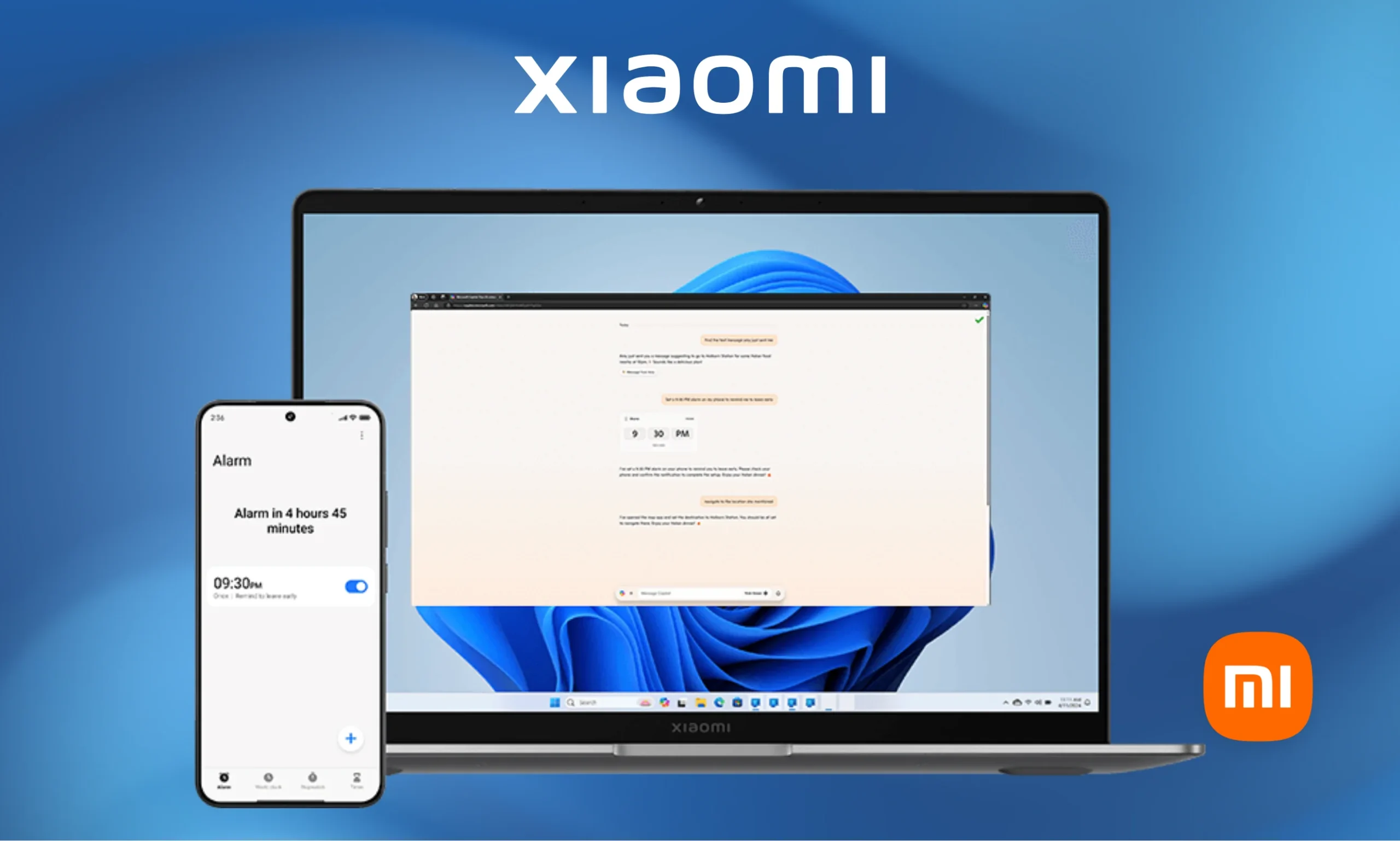
How Does HyperOS Connect Actually Work?
The magic behind HyperOS Connect lies in its multi-layered architecture, which prioritizes both efficiency and security. At its core is the device’s hardware, upon which the Linux and Vela kernels are built. Vela, you see, is an open-source OS specifically developed by Xiaomi for IoT applications. Sitting above this, Android and Vela libraries merge, allowing apps and services to communicate fluidly. The top layer, HyperOS Connect itself, acts as a universal translator. It detects nearby devices via Bluetooth Low Energy (BLE), Wi-Fi 6, or even 5G networks, establishing secure, end-to-end encrypted connections through a Trusted Execution Environment (TEE).
Let’s paint a picture: when you pair your Xiaomi 14 with a Smart TV, HyperOS Connect creates a virtual “tunnel” enabling real-time screen mirroring with latency under 20ms. This is supercharged by HyperMind, an AI module that learns your usage patterns. For instance, if you habitually play music in your car when leaving home, the system anticipates this transition, pausing playback on your phone to seamlessly resume it in your vehicle. Over-the-Air (OTA) updates are a massive 79% more compact, minimizing interruptions, and battery consumption is slashed by up to 24% during data transfers.
Security is absolutely paramount. HyperOS Connect employs cross-device biometric authentication (think using your fingerprint on your phone to unlock your smartwatch) and scans for threats in real-time. It integrates adaptive firewalls that block unauthorized access. In real-world tests, this layer has shown a 15% faster app loading speed, making transitions between devices virtually imperceptible.
What’s the Point? The Practical Uses of HyperOS Connect
The main objective of HyperOS Connect is to tear down the barriers between your devices, fostering a unified ecosystem that amplifies both your productivity and entertainment. It ensures automatic synchronization of data across Xiaomi’s cloud (Mi Cloud) – your contacts, photos, and notes are updated across all connected gadgets without you lifting a finger. In the smart home arena, it allows you to control appliances via voice commands or gestures, like adjusting your thermostat from your phone while you’re at work.
For remote work, it’s a game-changer for multitasking. You can start a document on your Xiaomi laptop and seamlessly continue it on your tablet, with shared clipboards and unified notifications. When it comes to entertainment, it supports continuous streaming – imagine effortlessly passing a movie from your phone to a projector without any pauses. Furthermore, in vehicles like the Xiaomi SU7, it integrates navigation, music, and calls into an intelligent dashboard, significantly improving safety by minimizing distractions. In short, it serves to centralize control, cutting down the complexity of managing multiple gadgets individually.
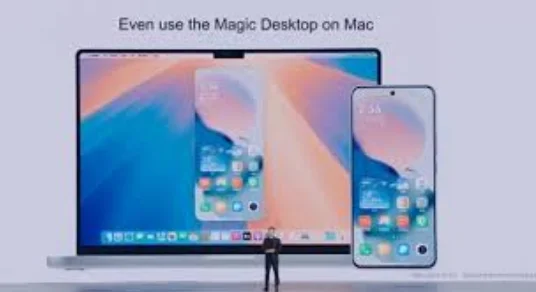
How It Actually Improves Our Lives: Real-World Benefits
HyperOS Connect isn’t just about fancy tech; it’s a catalyst for a more efficient and enjoyable life. Day-to-day, it saves you precious time. Picture arriving home and your lights automatically turning on as your phone is detected via geolocation, or your coffee maker brewing your morning brew while you respond to emails on your smartwatch. These proactive, AI-driven automations reduce cognitive load, allowing you to focus on what truly matters.
For families, it enhances emotional connectivity. Parents can monitor their children’s location in real-time from any device or share family albums that update instantly. In terms of health, it integrates wearables for continuous activity tracking, sending alerts to your phone if it detects irregularities, promoting preventative health habits. Professionally, it accelerates workflows. A designer can edit photos on their mobile and see them rendered in high resolution on their TV, collaborating remotely without any lag.
Economically, it optimizes resources. Lower energy consumption extends battery life, and third-party compatibility reduces costs by integrating existing devices without requiring replacements. Internal Xiaomi studies show that HyperOS users report 30% higher satisfaction with multitasking, translating into greater overall well-being. Ultimately, HyperOS Connect humanizes technology, making it serve you rather than dominate you.
A Walk Down Memory Lane: From MIUI’s Birth to the HyperOS Era
The story of HyperOS Connect stretches back to 2010 when Xiaomi launched MIUI, an Android customization layer that shook up the Chinese market with its user-centric approach and customizable themes. MIUI evolved rapidly, incorporating intuitive gestures and performance optimizations. However, with the rise of IoT in 2014, Xiaomi identified limitations: fragmentation across devices. In 2017, they initiated the development of Vela, a lightweight OS for IoT, and in parallel, invested seven years into unifying everything under a common framework.
The announcement of HyperOS arrived on October 17, 2023, via X and Weibo, debuting with the Xiaomi 14 series on October 26. Initially met with controversy – accused of being a “just an Android shell” akin to Huawei’s HarmonyOS – Xiaomi proved its independence with Vela and its own kernel. The global launch at MWC 2024 solidified its position, and by December 2023, the first stable version reached models like the Redmi K60. HyperOS Connect emerged as a star, evolving from betas in 2023 to mature integrations in 2024, with expansions planned for electric cars in 2025. This trajectory mirrors the vision of Lei Jun, Xiaomi’s CEO: from a smartphone startup to an ecosystem giant.
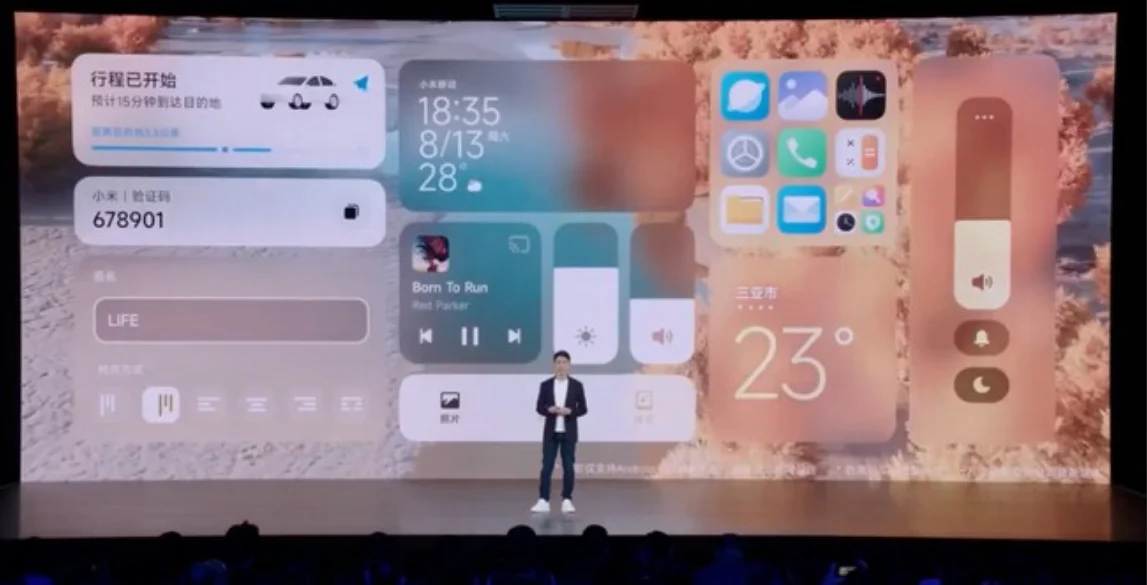
Looking Ahead: Towards a Truly Global and Intelligent Ecosystem
Peering into the future, HyperOS Connect promises an expansive horizon. With HyperOS 3 rolling out from October 2025, we’ll see advanced AI integrations like Google’s Gemini, enabling real-time translations in 29 languages and offline image editing via the NPU. Compatibility with Android 16 will ensure support until 2030 on flagships, and an openness to more partners – already underway with Apple for iPhone-Xiaomi mirroring – could break down existing ecosystem silos.
In the years to come, anticipate “HyperIsland,” a dynamic widget island that predicts your needs, like suggesting routes based on weather and traffic. By 2027, Xiaomi plans to expand into metaverses, with seamless VR/AR experiences across devices. Challenges like privacy (with an enhanced TEE) and global adoption will be tackled through open-source policies, potentially attracting manufacturers like Samsung. Ultimately, HyperOS Connect could democratize domestic AI, making smart homes affordable and universal, ushering in an era where technology anticipates, rather than reacts.
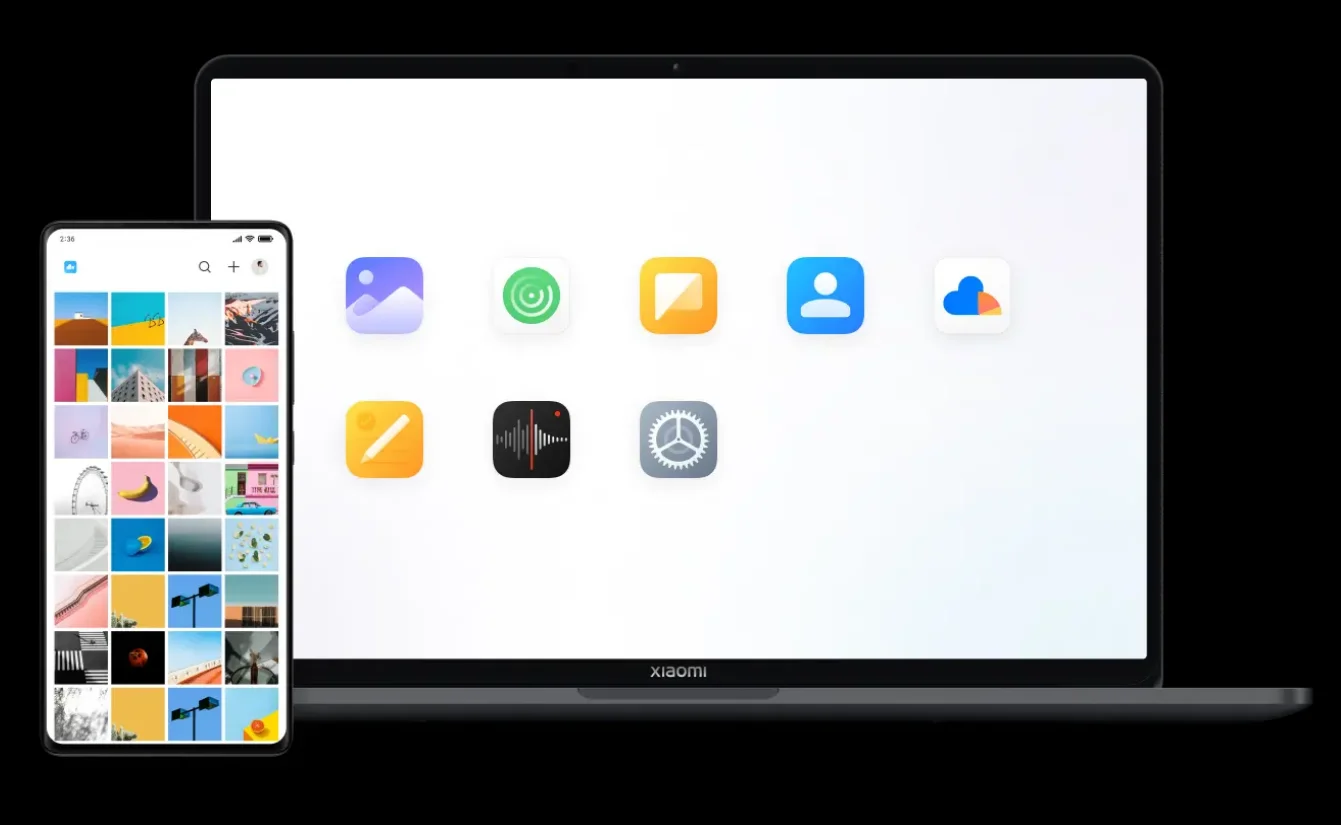
HyperOS Connect represents the pinnacle of connective innovation, blending history with a forward-looking vision. This deep dive underscores its transformative role: it doesn’t just connect devices; it connects lives. If you’re part of the Xiaomi ecosystem, it’s time to update and discover how the future is already here.



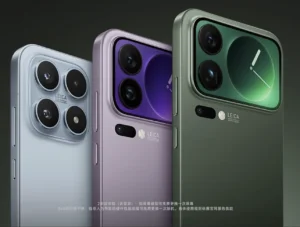
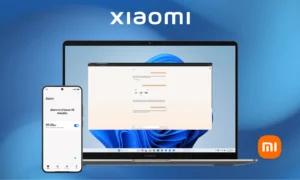

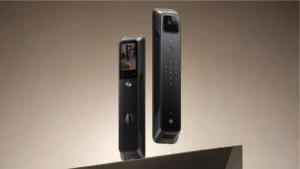
1 thought on “Xiaomi HyperOS Connect: The Future of Smart Connectivity”